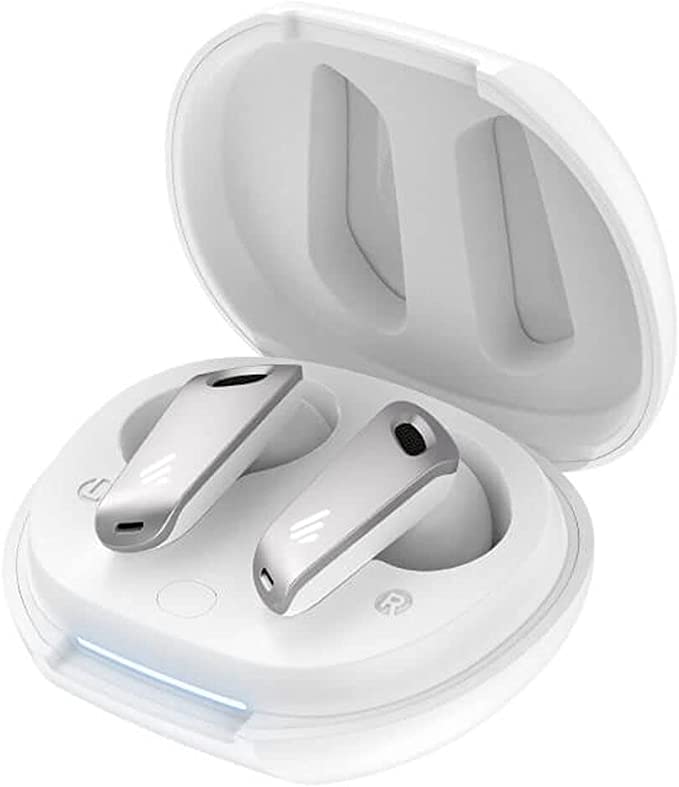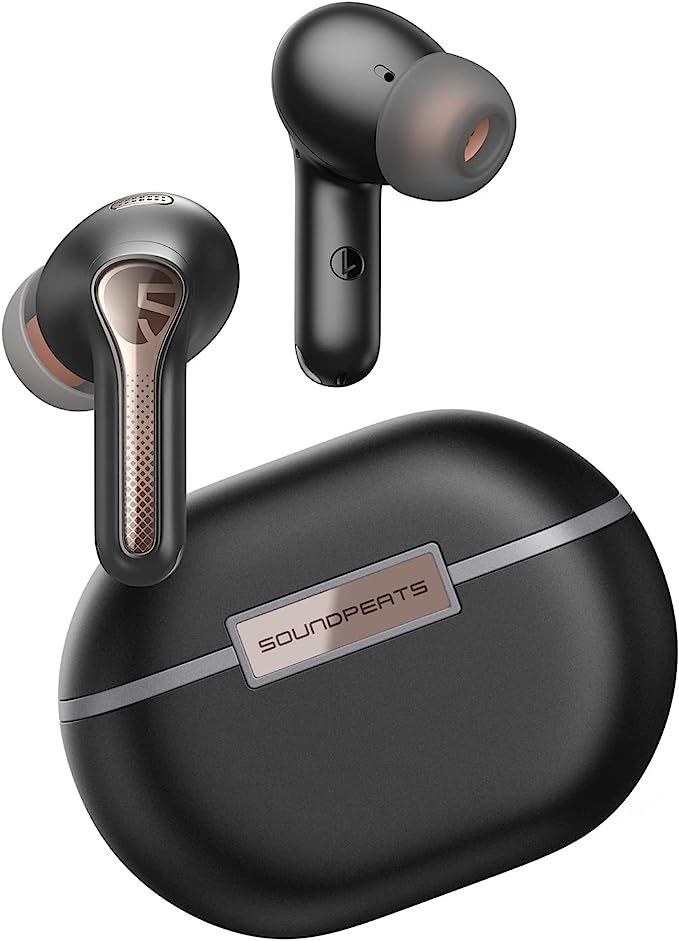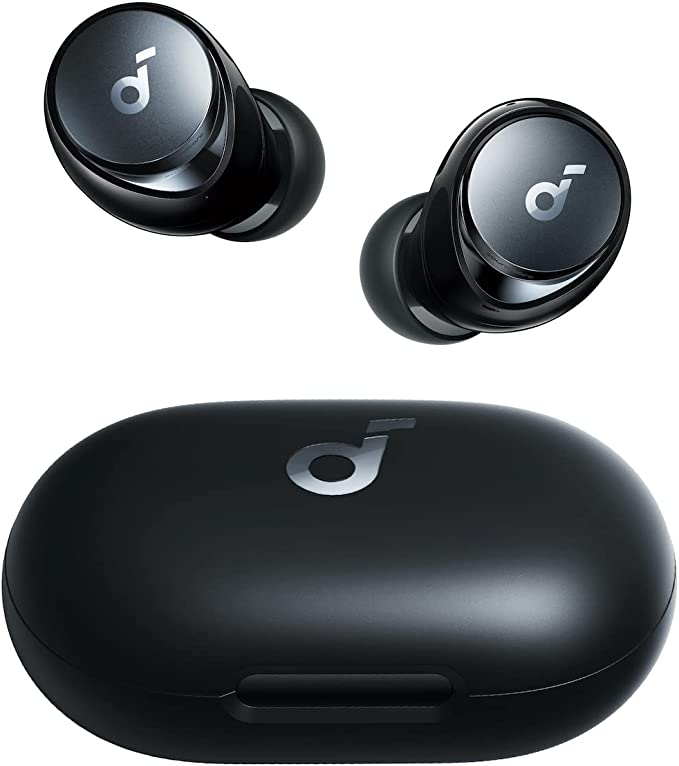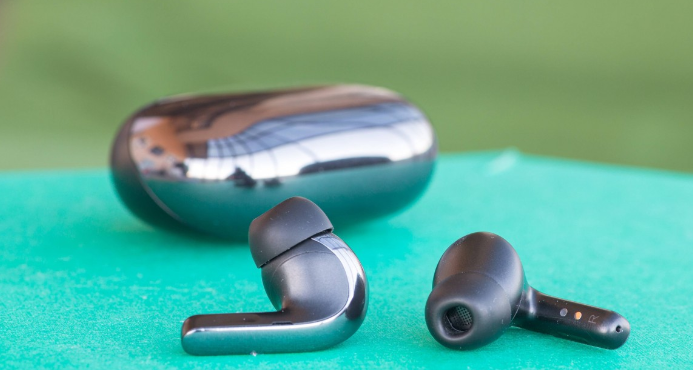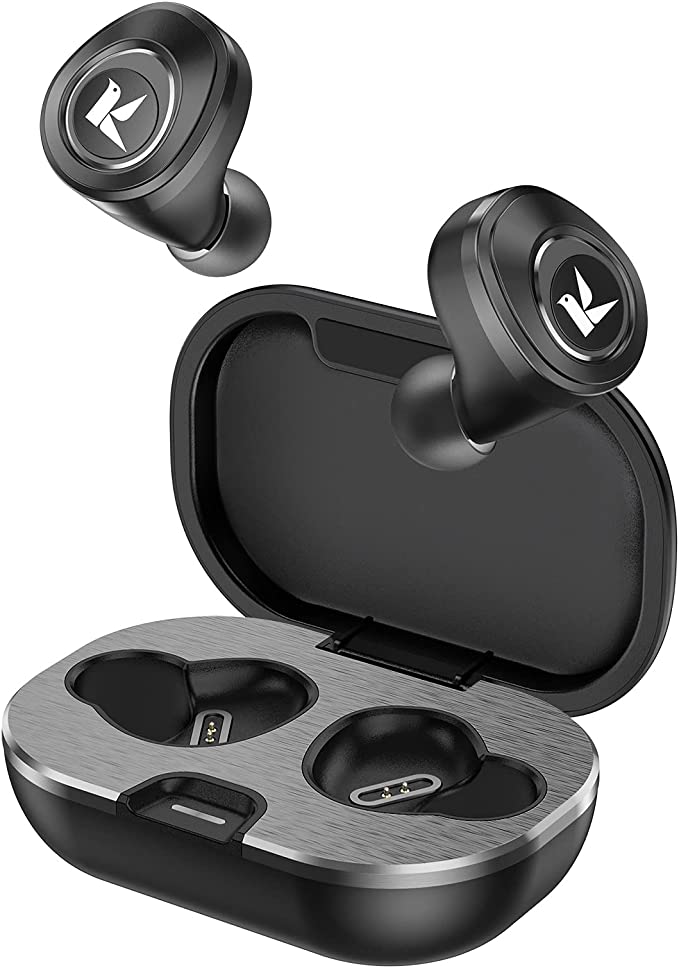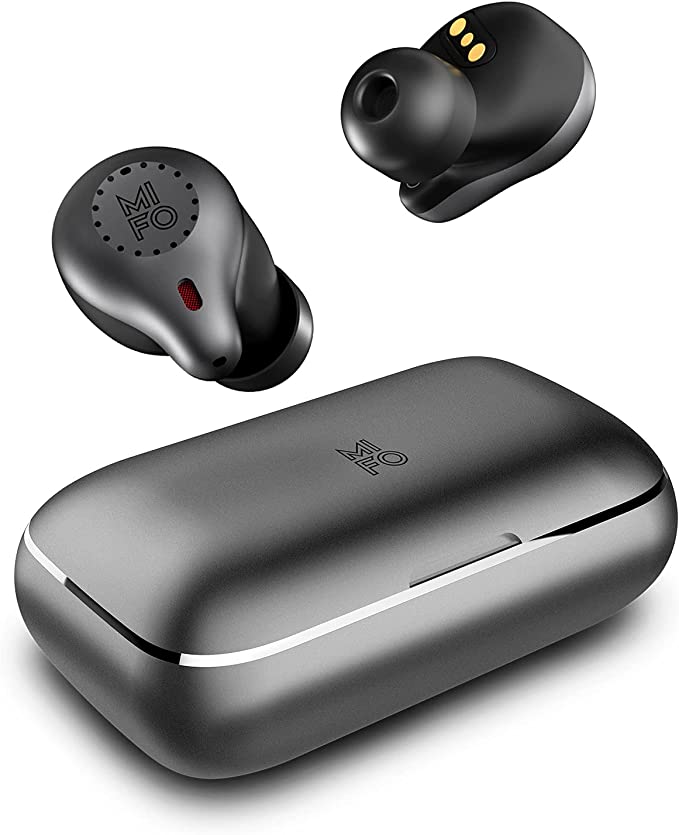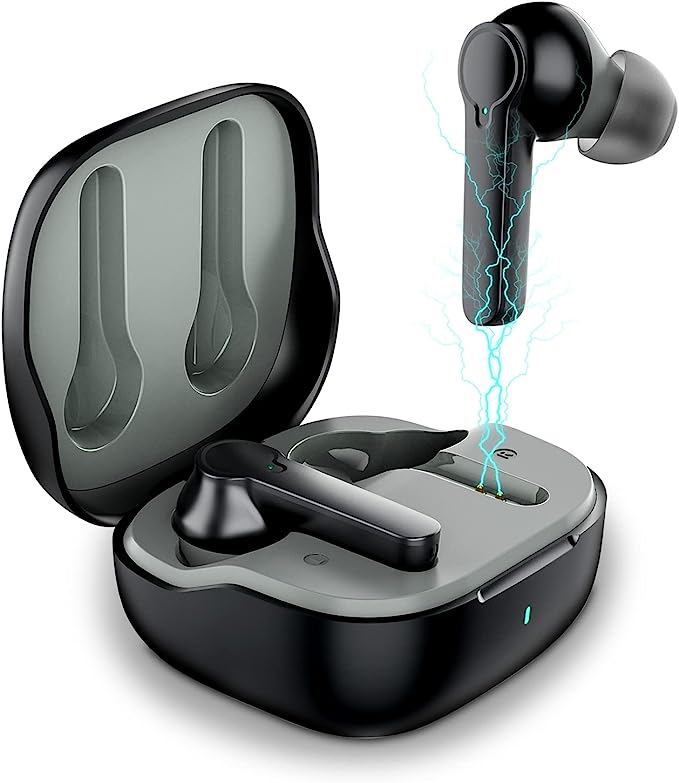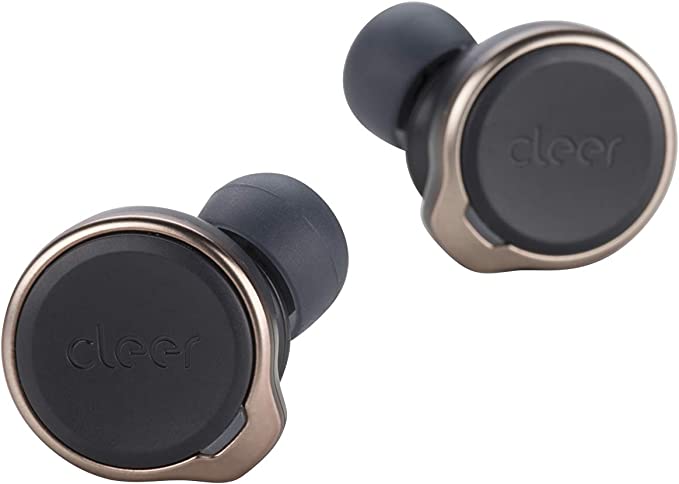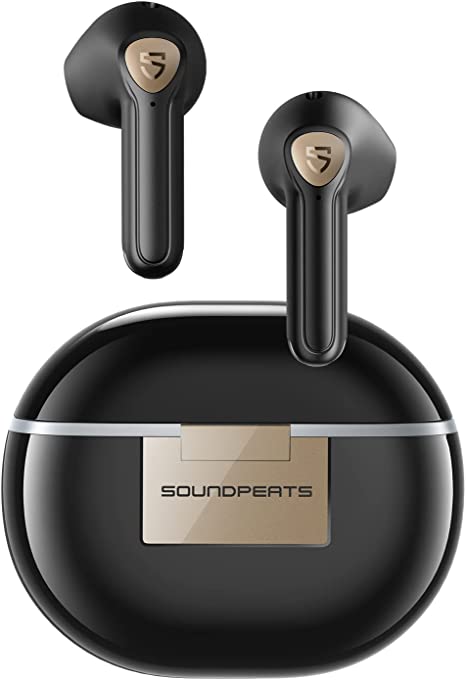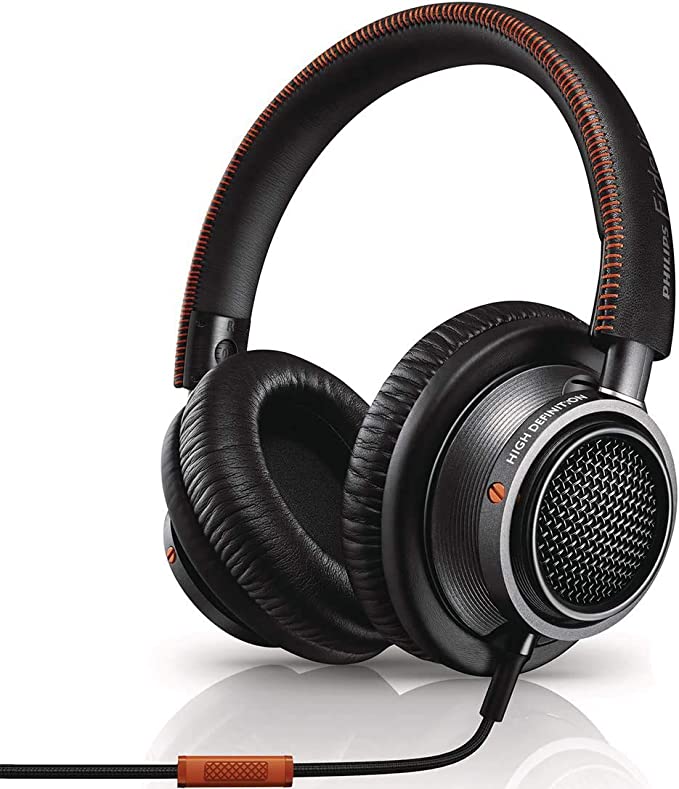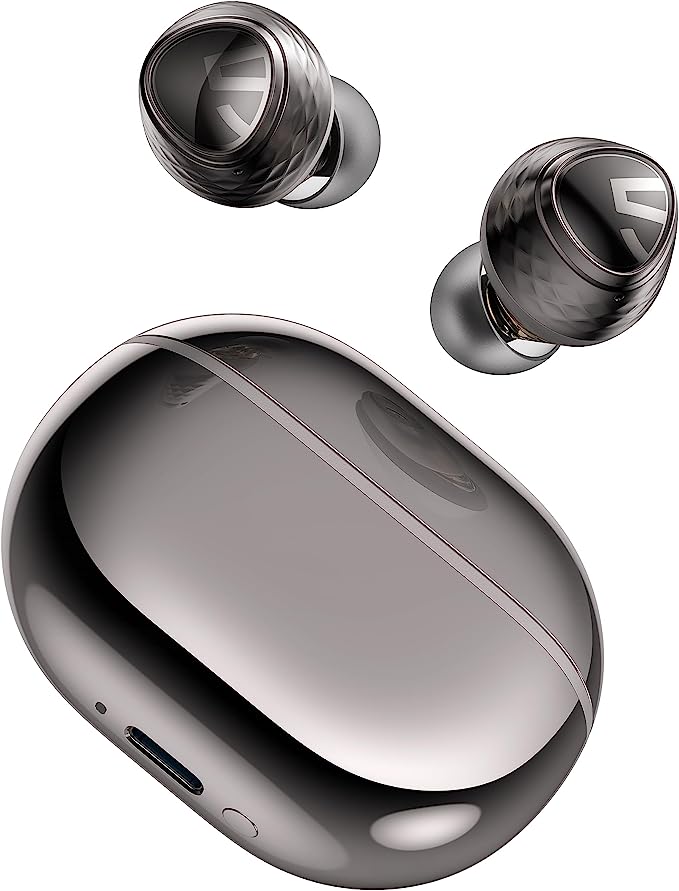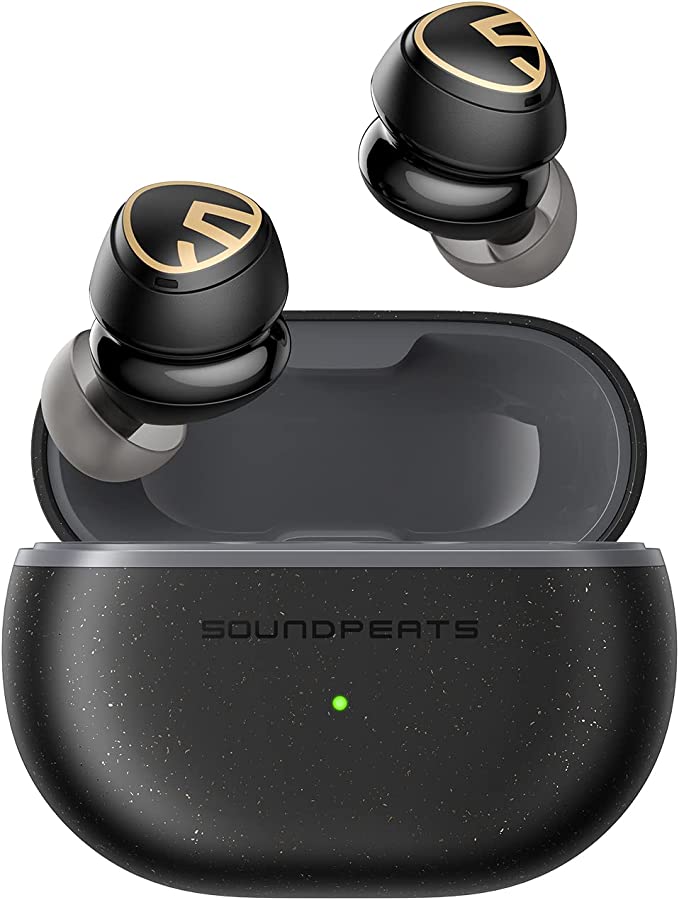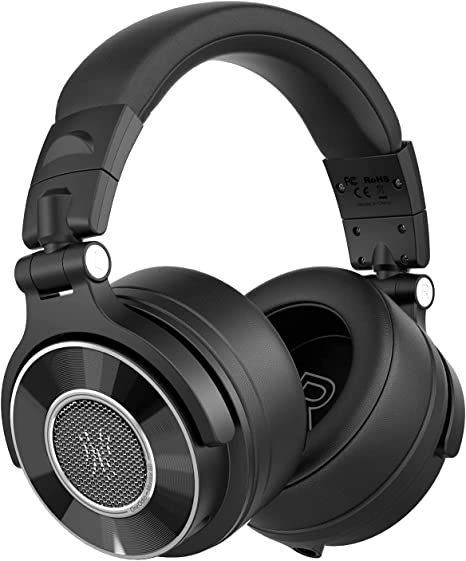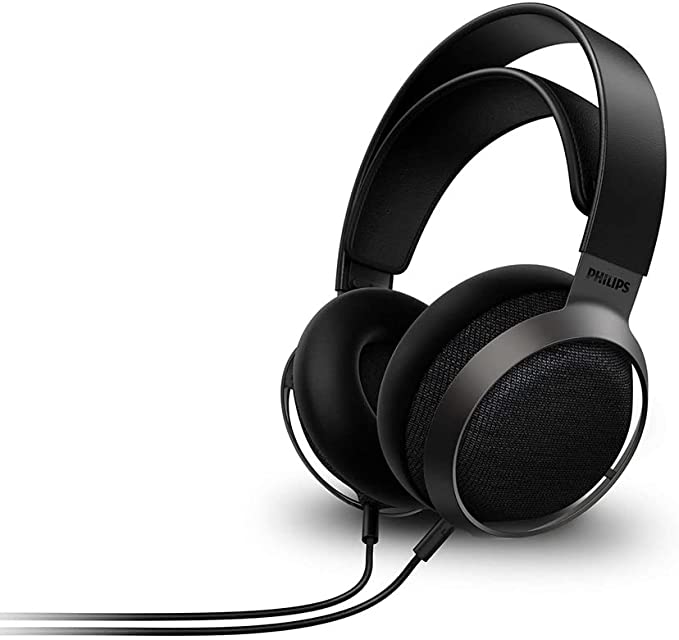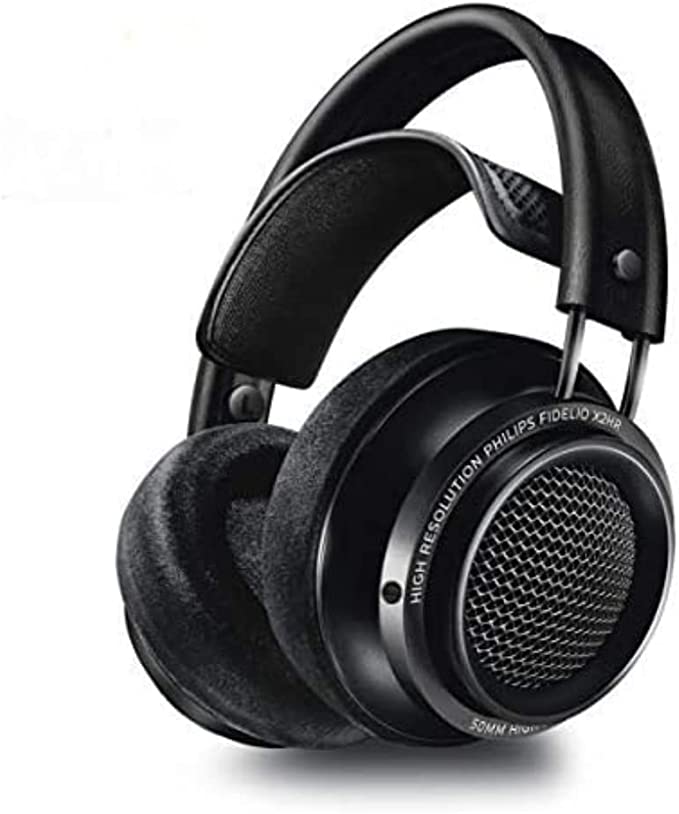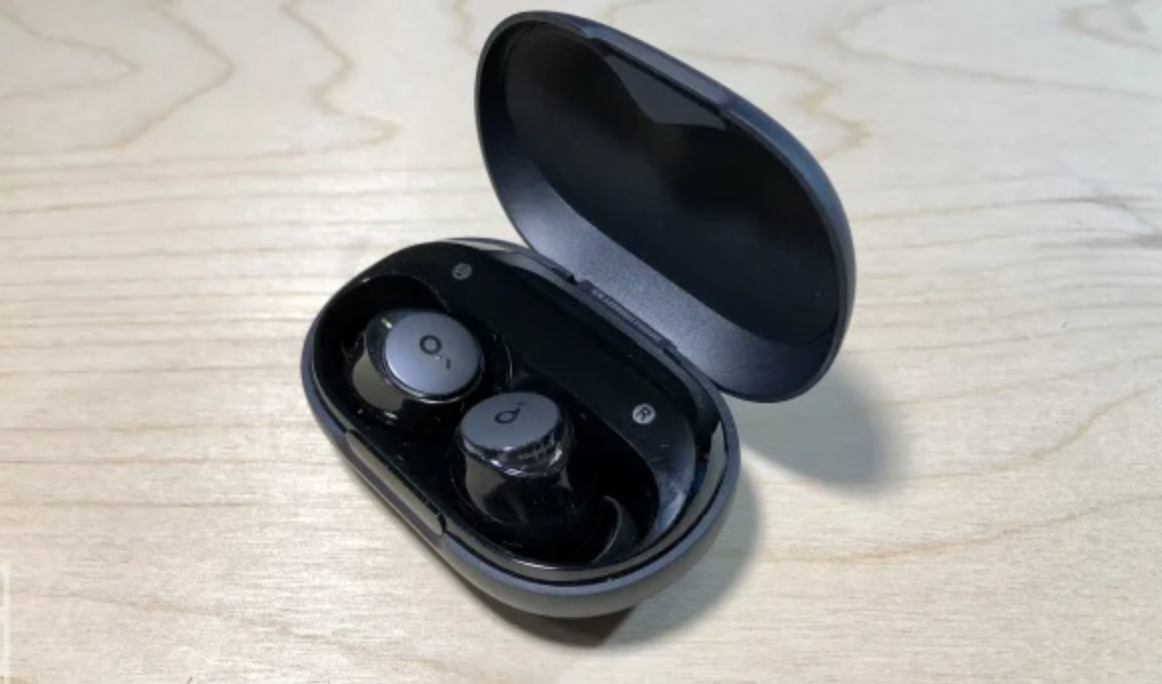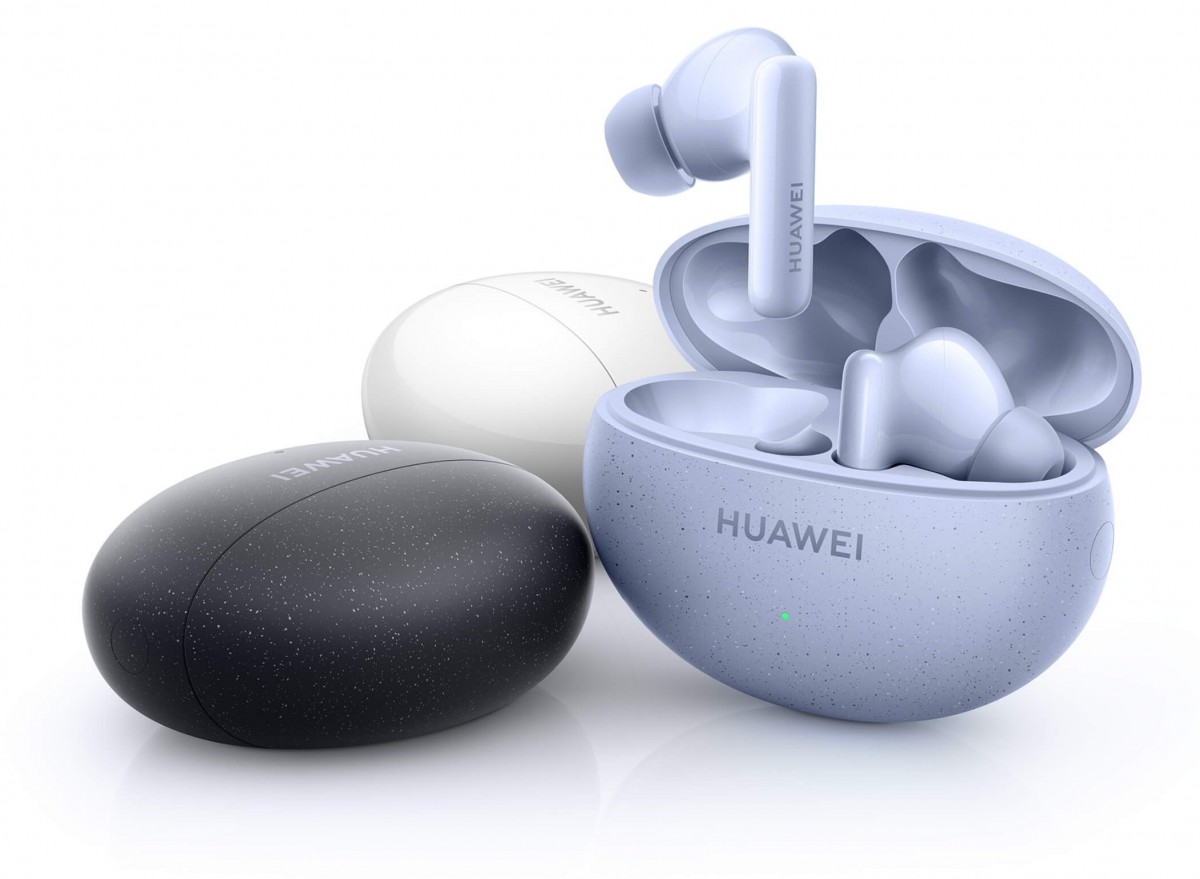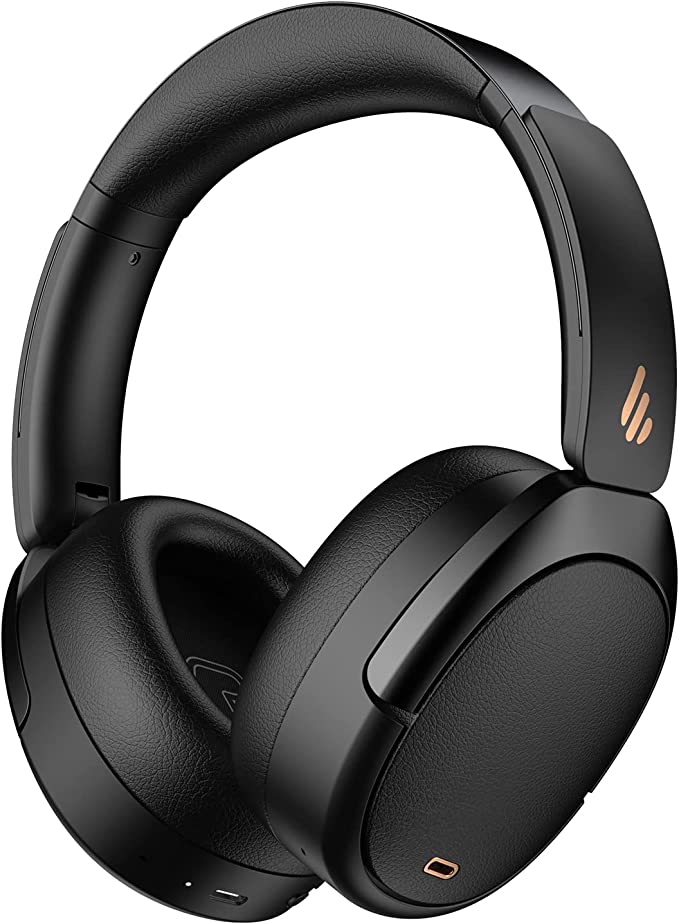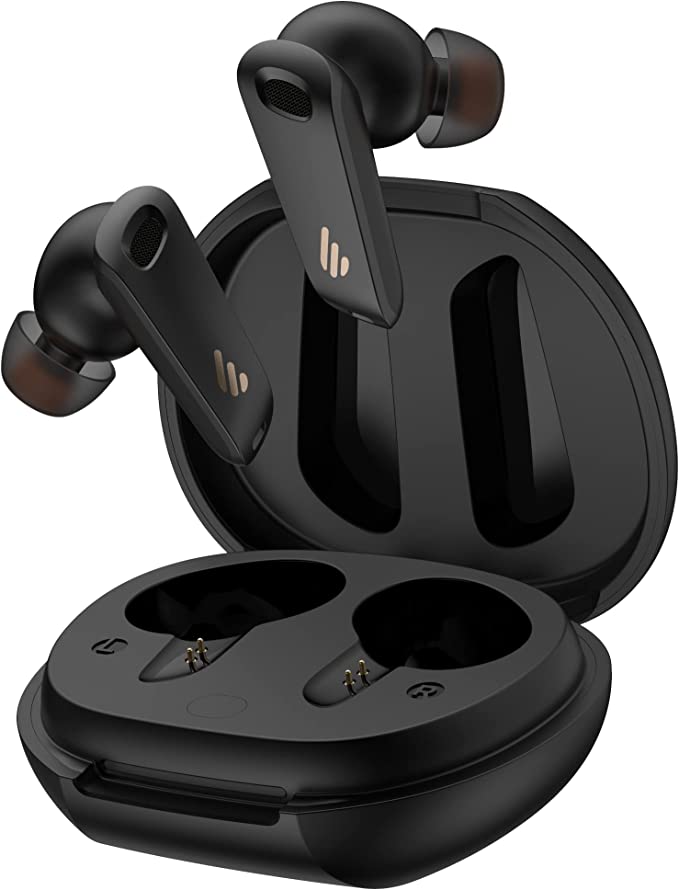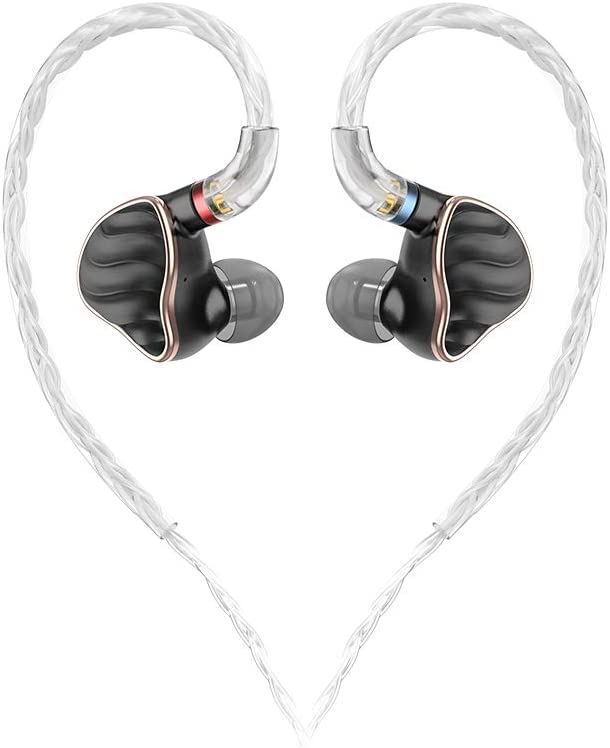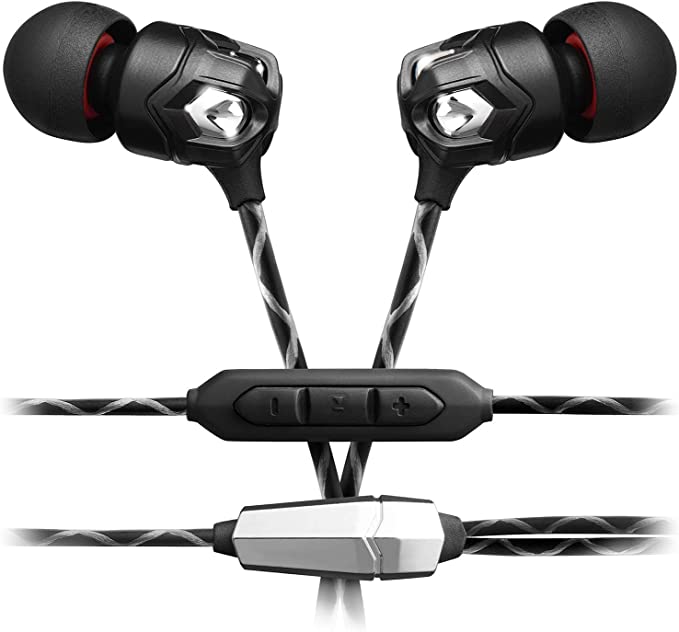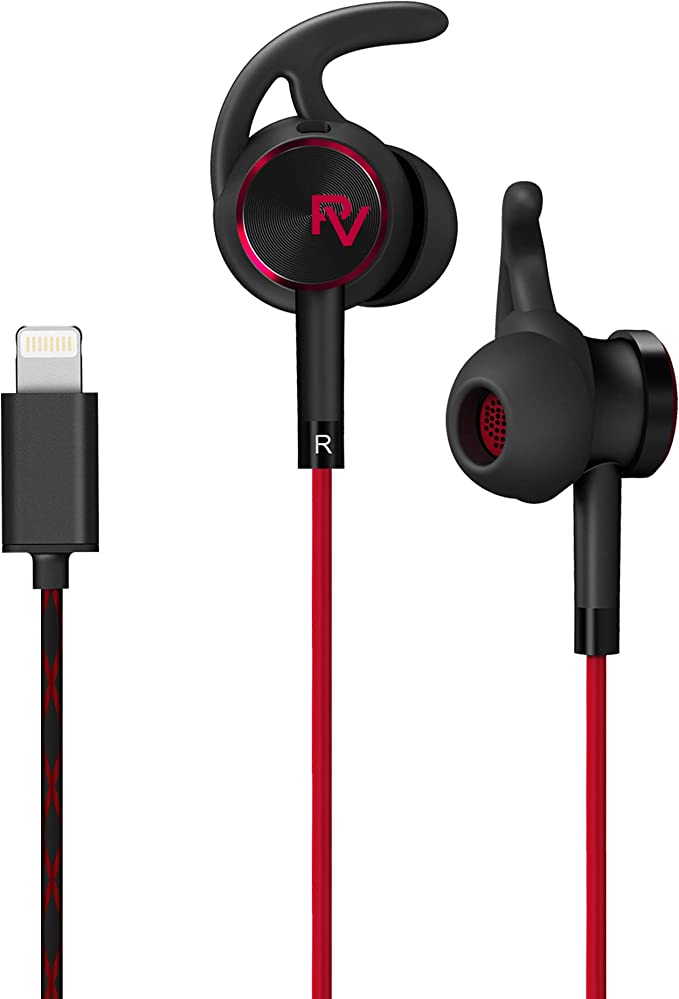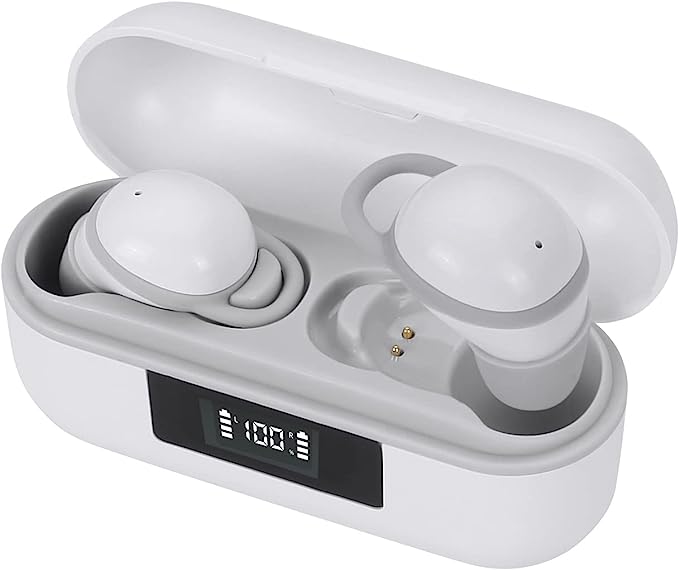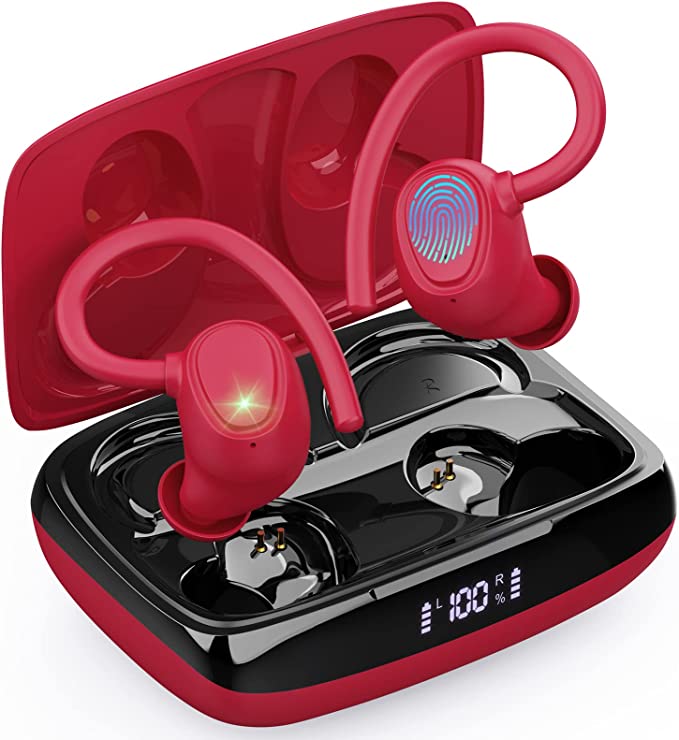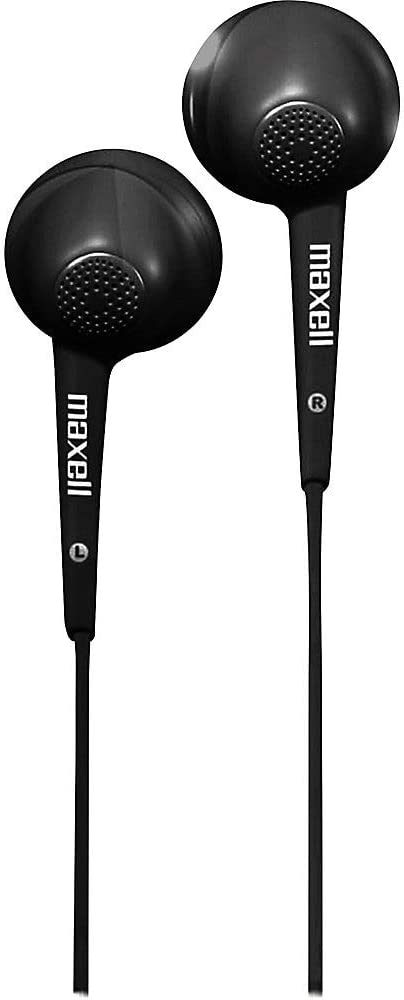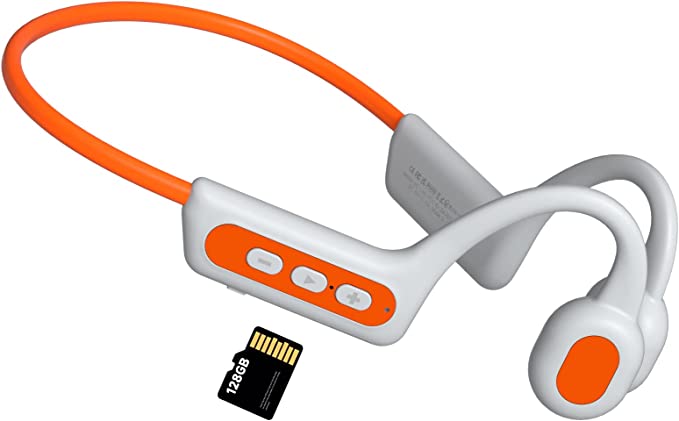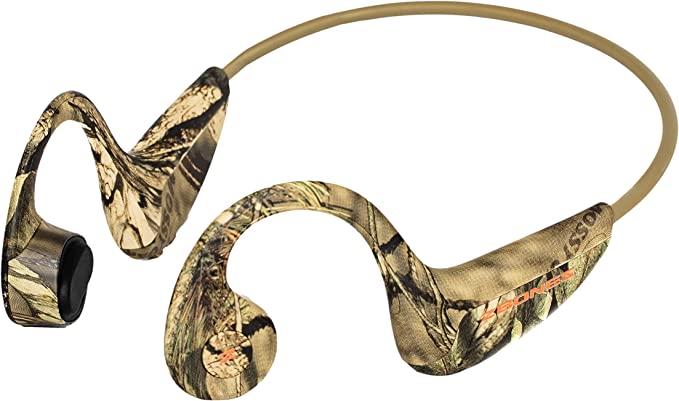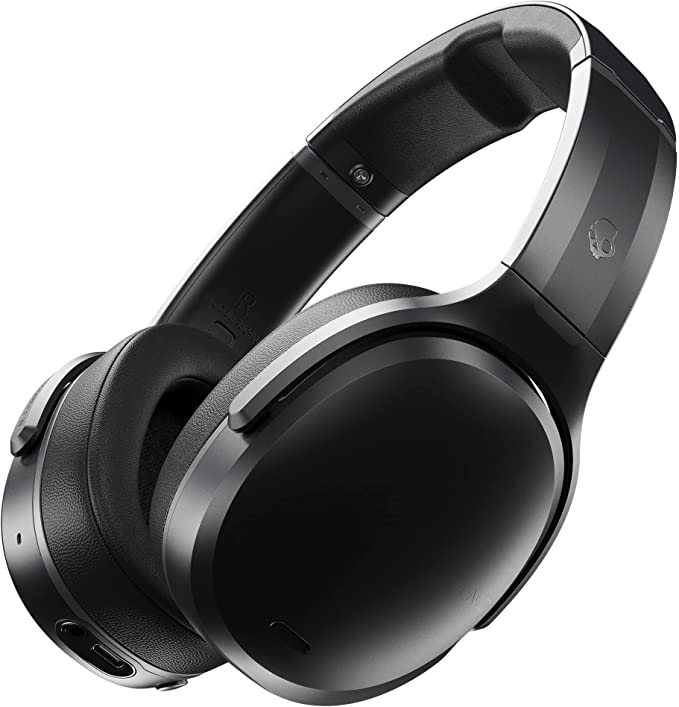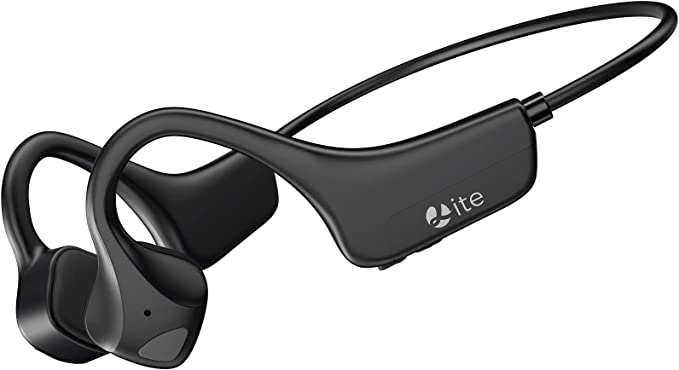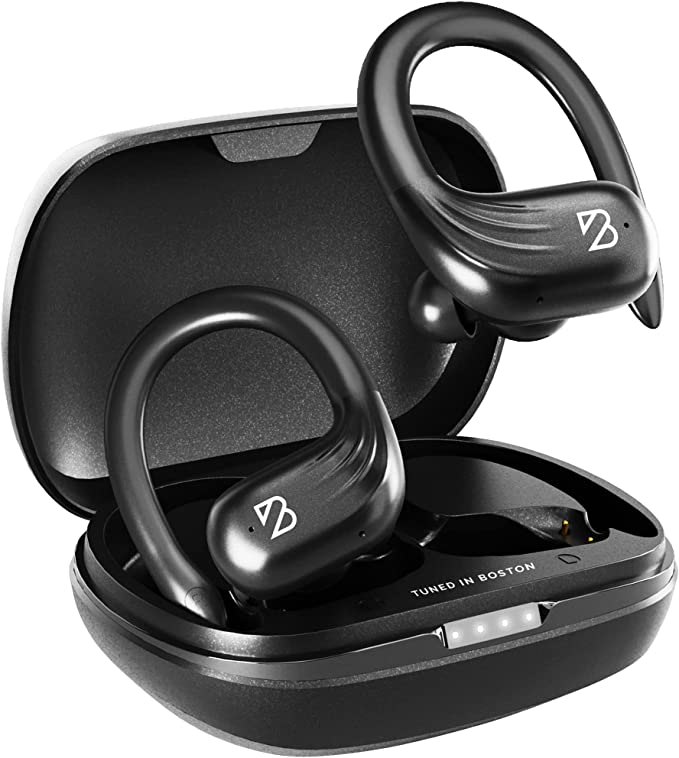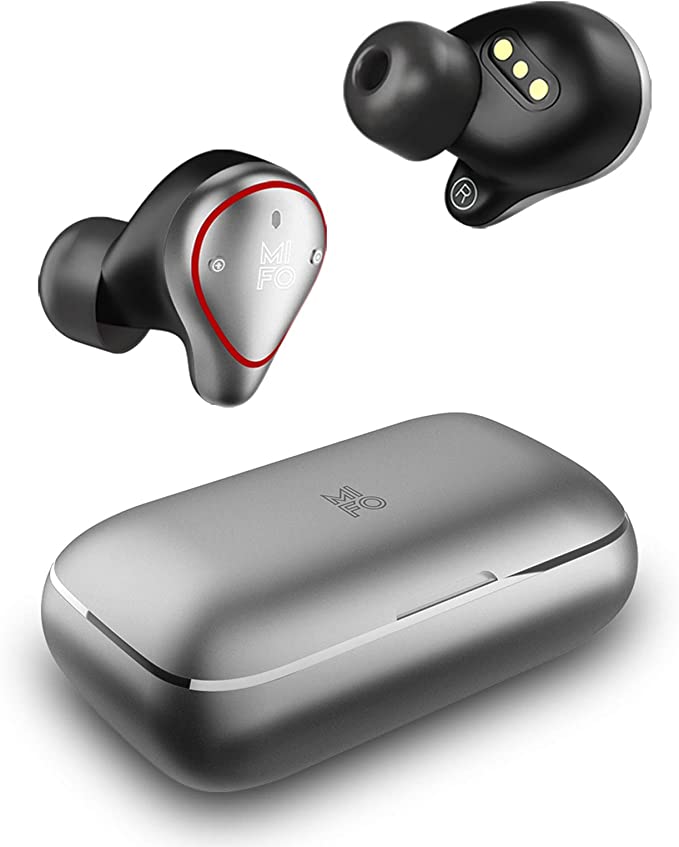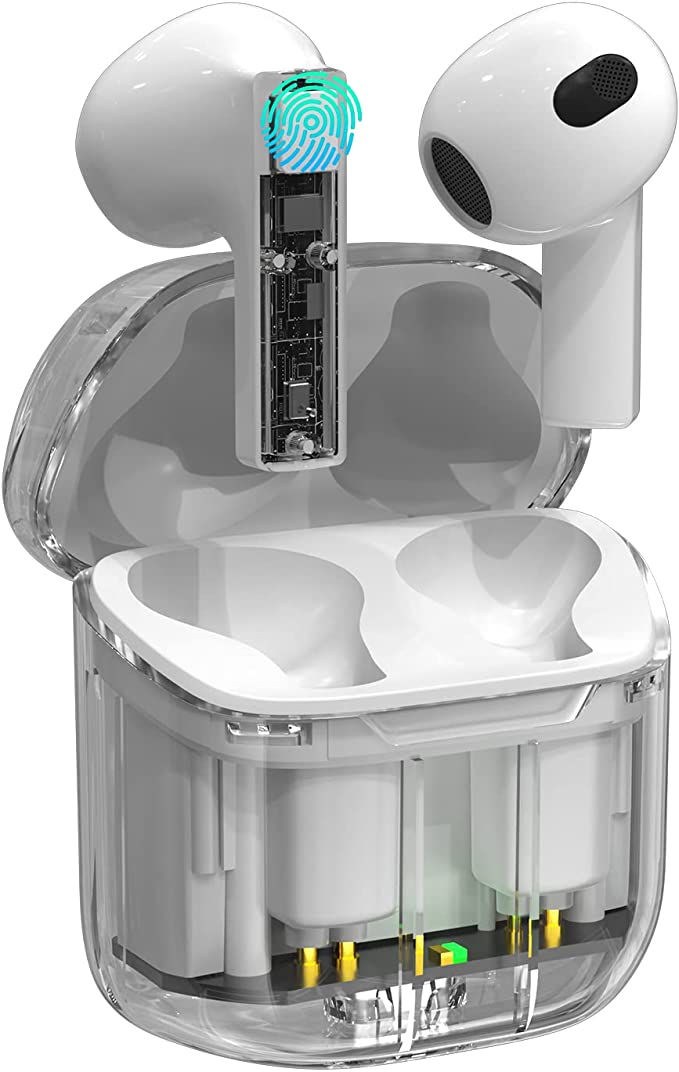Nothing Ear (2) Hi-Res Wireless Earbuds: The Science Behind Noise Cancellation & Superior Sound
Update on April 13, 2025, 7:26 a.m.
In our increasingly clamorous world, the quest for moments of sonic clarity—or even just a pocket of personal quiet—feels more relevant than ever. We seek refuge in music, podcasts, or sometimes, simply silence itself. Devices like the Nothing Ear (2) wireless earbuds promise to deliver these experiences, touting features such as Active Noise Cancellation, a distinct Dual Chamber Design, and support for Hi-Res Wireless Audio. But beyond the labels, what intricate science and engineering principles are truly at play? As an audio engineer fascinated by the intersection of physics, perception, and technology, let’s delve into the science that shapes what we hear through these tiny marvels.
(A Note on Specifics: Our exploration relies on the features mentioned in the product’s initial listing information. Where specific performance data or technical documentation isn’t available from that source, we’ll focus on the underlying scientific principles and general industry knowledge to understand the potential and function of these technologies.)

The Intricate Dance of Silence: Understanding Active Noise Cancellation (ANC)
The desire to hush the world around us isn’t merely about preference; it’s often about function – enabling focus, reducing travel fatigue, or allowing us to immerse ourselves in audio without resorting to dangerously high volumes. Active Noise Cancellation technology is our primary tool in this endeavor, and its journey is quite remarkable. Born not in consumer electronics, but in the demanding world of aviation decades ago to protect pilots’ hearing from engine drone, ANC has gradually miniaturized and refined itself into the sophisticated systems found in earbuds today.
At its heart, ANC performs a kind of physics magic trick based on a principle called destructive interference. Imagine dropping two pebbles into a still pond; where the peak of a ripple from one pebble meets the trough of a ripple from the other, the water momentarily flattens. Sound travels as waves too, possessing peaks (compressions) and troughs (rarefactions). ANC systems employ tiny microphones positioned on the earbud’s exterior to ‘listen’ to the incoming ambient noise – that persistent hum of an airplane cabin, the rumble of a train, or the drone of office air conditioning.
A specialized processor inside the earbud instantly analyzes these incoming sound waves and generates a new sound wave that is precisely the mirror image, or anti-phase, of the noise. Think of it as creating an ‘anti-noise’ signal. This anti-noise is then played through the earbud’s internal speaker. When the original external noise wave and the internally generated anti-phase wave arrive at your eardrum simultaneously, they effectively cancel each other out, much like those opposing water ripples. The result? A significant reduction in perceived background noise, particularly effective against constant, low-frequency sounds.
However, the story doesn’t end with pure physics. This is where psychoacoustics, the study of how humans perceive sound, plays a critical role. Perfect cancellation across all frequencies is incredibly difficult, and sometimes, imperfect ANC can create an unnatural ‘pressure’ sensation or alter the perceived sound signature of your music. Therefore, engineers spend considerable effort tuning ANC algorithms. They use psychoacoustic models to make the noise reduction feel more natural, minimize artifacts, and ensure the system intelligently adapts (in some advanced implementations) to different noise environments without compromising the audio you want to hear.
The Nothing Ear (2) listing states it incorporates Noise Cancelling technology. Conceptually, it leverages these principles. Imagine slipping them in during your morning commute. The low-frequency roar of the subway engine fades, the general chatter softens, allowing you to hear your podcast clearly at a lower, safer volume, or simply enjoy a calmer mental space before the workday begins. That’s the tangible value ANC aims to provide – clarity, focus, and reduced listening fatigue.

Sculpting Sound Waves in Miniature: Acoustics, Chambers, and the Quest for Clarity
Creating truly high-fidelity sound within the minuscule confines of an earbud is an immense acoustic challenge. Unlike a large speaker cabinet with ample room for sound waves to develop, an earbud’s tiny internal volume presents a complex environment rife with potential issues like unwanted reflections, standing waves (where waves interfere constructively, causing frequency peaks), and limitations imposed by the small driver itself. Engineers become miniature acoustic architects, meticulously shaping every internal curve and cavity.
One fundamental technique involves using acoustic chambers and vents. Much like the body of a violin or the ports on a loudspeaker cabinet, these internal structures are designed to manage airflow and control resonance. Resonance occurs when an object vibrates strongly at specific frequencies. While sometimes desirable (like in a musical instrument), unwanted resonances within an earbud can color the sound, leading to boomy bass or harsh treble. By carefully designing internal chambers, engineers can influence how air moves behind the driver, potentially damping unwanted resonances, extending bass response, or smoothing out the midrange.
The Nothing Ear (2) is listed as featuring a “Dual Chamber Design.” Without specific technical diagrams or measurements from the manufacturer, we can only interpret this based on general acoustic principles. The concept behind using multiple chambers (in this case, two) is likely aimed at further optimizing this internal acoustic environment. Potentially, one chamber might be tuned primarily to handle lower frequencies, allowing the bass to be full yet controlled, preventing it from ‘muddying’ the midrange. The second chamber could then be optimized for mid and high frequencies, perhaps managing airflow or damping resonances in that specific range to enhance clarity and detail. Think of it like designing a concert hall with specific architectural features to ensure sound from the orchestra reaches every seat clearly and without unpleasant echoes.
The theoretical goal of such a design is a more balanced and detailed sound presentation. When listening attentively to a complex musical piece – perhaps the interwoven lines of a string quartet or the layered synths in an electronic track – a well-executed multi-chamber design could potentially allow for better separation between instruments and vocal lines, contributing to a clearer, more organized soundstage. However, it’s crucial to remember that the actual effectiveness depends entirely on the precise implementation and tuning, which requires detailed specifications or independent acoustic measurements for verification.
Digital Dreams: The Pursuit of High-Fidelity Wireless Audio
Our modern audio world is largely digital. Music is captured, stored, and often transmitted as a series of numbers. The process fundamentally involves sampling (taking snapshots of the analog sound wave many times per second) and quantization (assigning a numerical value to the amplitude of each sample). The quality of this digital representation hinges largely on two factors: sample rate (how many snapshots per second, measured in Hz) and bit depth (how many possible numerical values for each snapshot, measured in bits). Think of it like digital images: sample rate is akin to the frame rate of a video, while bit depth is like the number of colors available for each pixel. More data generally means a potentially more accurate representation. A standard CD uses 44,100 samples per second (44.1kHz) and 16 bits per sample.
The challenge arises when we want to transmit this digital audio wirelessly via Bluetooth. Bluetooth was originally designed for convenience, not necessarily pristine audio fidelity, and has inherent bandwidth limitations. To squeeze the audio data through this limited pipeline, compression algorithms are almost always used. These algorithms cleverly discard some audio data deemed ‘less important’ based on psychoacoustic models (removing sounds likely masked by louder sounds, for instance). Standard Bluetooth codecs like SBC (Subband Codec), which all Bluetooth audio devices must support, use ‘lossy’ compression, meaning some data is permanently lost. While codecs like AAC (used widely by Apple) and aptX (common on Android devices) often offer improvements over basic SBC (General Knowledge), they are still typically lossy.

This is where “Hi-Res Audio” enters the picture. While the term can be somewhat ambiguous, it generally refers to digital audio with a higher sample rate and/or bit depth than CD quality (e.g., 96kHz/24-bit). The promise of Hi-Res Audio is to capture and reproduce more subtle details, nuances, and dynamic range present in the original studio recording. When applied to wireless audio, “Hi-Res Wireless” implies the use of more advanced Bluetooth codecs capable of transmitting data at significantly higher rates, getting closer to delivering this high-resolution signal to the earbuds. Codecs like LDAC (developed by Sony) and aptX HD / aptX Adaptive (from Qualcomm) are designed for this purpose, pushing much more data per second (LDAC, for example, can reach up to 990 kbps under ideal conditions) compared to standard Bluetooth (General Knowledge). Even these advanced codecs often still employ sophisticated lossy compression, but they discard far less data than their predecessors.
The Nothing Ear (2) listing states it supports “Hi-Res Wireless.” This positions the earbuds as capable of receiving these higher-quality Bluetooth streams. However, achieving a true Hi-Res experience wirelessly is a chain that requires every link to be strong:
1. High-Resolution Source File: The original recording must be high-resolution (e.g., FLAC, WAV, or streaming service Hi-Res tier).
2. Capable Playback Device: Your phone or player must support transmitting via a Hi-Res capable codec.
3. Compatible Earbuds: The Ear (2) must support the same Hi-Res codec your device is transmitting.
4. Stable Bluetooth Connection: Environmental factors can force even Hi-Res codecs to fall back to lower data rates.
When all these conditions align, the potential benefit is audible for careful listeners: perhaps noticing the subtle shimmer of a cymbal’s decay, the texture in a singer’s breath, or a greater sense of space and instrument separation in a well-mastered track. It’s about potentially recovering those finer details often lost in standard wireless transmission.

The Foundational Elements: Lightweight Comfort and Sustained Power
Beyond the sophisticated audio processing and acoustic design, the fundamental physical characteristics of earbuds profoundly impact the user experience. Long-term listening enjoyment hinges significantly on ergonomics and comfort. Achieving a good, secure seal with the ear tips is paramount not only for passive noise isolation (physically blocking external sound) but also for optimal bass response – a poor seal often leads to thin, weak-sounding bass.
The Nothing Ear (2) is listed as being “4.5g Ultra Light” (commonly understood as per earbud). This low weight is a significant factor in reducing ear fatigue, especially during extended wear. Modern material science plays a key role here, allowing engineers to use advanced polymers and structural designs that provide durability and rigidity without adding excessive mass. Wearing something that feels almost weightless allows you to forget the technology and simply immerse yourself in the sound.
Equally crucial is endurance. The stated “36Hrs Playtime” – presumably the total time achievable including recharges from the carrying case – addresses the practical need for earbuds that can last through long workdays, travel, or multiple listening sessions without constant charging anxiety. This longevity is enabled by advancements in Li-ion battery technology, offering higher energy density in smaller packages, coupled with efficient power management circuitry and power-saving features inherent in modern Bluetooth standards (General Knowledge).
Imagine wearing these earbuds through an entire cross-country flight. The ANC provides a haven from the engine noise, the lightweight design prevents discomfort even after hours, and the ample battery life means you don’t need to constantly hunt for a charging port. These foundational elements – comfort and power – are the unsung heroes that enable the advanced audio technologies to be enjoyed seamlessly in our daily lives.

Conclusion: Engineering, Science, and the Listening Experience
The Nothing Ear (2), like many modern TWS earbuds, represents a remarkable convergence of diverse scientific and engineering disciplines. From the wave physics exploited by Active Noise Cancellation to the intricate acoustic balancing acts potentially attempted by a Dual Chamber design; from the complex world of digital audio sampling and compression involved in Hi-Res Wireless aspirations to the material science enabling lightweight comfort and the battery chemistry providing endurance – it’s a symphony of technology packed into a tiny form factor.
While specific performance claims require rigorous, verifiable data, understanding the underlying principles allows for a much deeper appreciation of what these devices aim to achieve. It shifts the focus from marketing bullet points to the fascinating science that shapes our auditory world. Whether it’s the Ear (2) or any other audio device, recognizing the ingenuity involved – the constant battle against physical constraints, the clever manipulation of sound waves, the quest to faithfully reproduce digital information – enriches the listening experience itself. It reminds us that even the simple act of listening to music on the go is underpinned by decades of scientific progress and engineering prowess.
